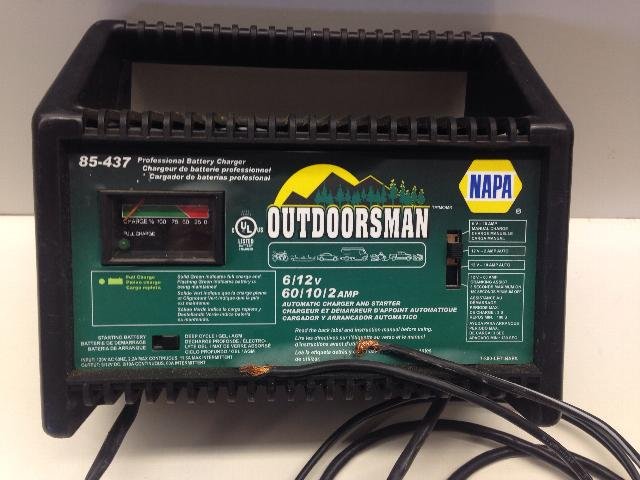Hi,
I have read many other forum posts trying specifically to pin down the approx. or best case voltage the alternator should be...mine is 13.7v on idle and 14.0v at 2000rpm as tested at the battery posts.
The reason I ask is I purchased an EarthX battery, threw it in the bike, sat for a day (just the clock being powered) , came out, started and ran for about 10-12min then shut off. Nothing, lights out, 0v at battery.
When I contacted Earthx they say that the battery needs a min of 14.2v for it to accept a charge. So is this the dilemma I have if the RT1150RT is normal at 14.0v??
Anyone had experience with this brand? Although this is the recommended battery from Earthx (ETX24D), it seems if the Bike doesn't put out 14.2v, there is really no point in the recommendation/purchase.??
Tks in advance.
Howard
I have read many other forum posts trying specifically to pin down the approx. or best case voltage the alternator should be...mine is 13.7v on idle and 14.0v at 2000rpm as tested at the battery posts.
The reason I ask is I purchased an EarthX battery, threw it in the bike, sat for a day (just the clock being powered) , came out, started and ran for about 10-12min then shut off. Nothing, lights out, 0v at battery.
When I contacted Earthx they say that the battery needs a min of 14.2v for it to accept a charge. So is this the dilemma I have if the RT1150RT is normal at 14.0v??
Anyone had experience with this brand? Although this is the recommended battery from Earthx (ETX24D), it seems if the Bike doesn't put out 14.2v, there is really no point in the recommendation/purchase.??
Tks in advance.
Howard



